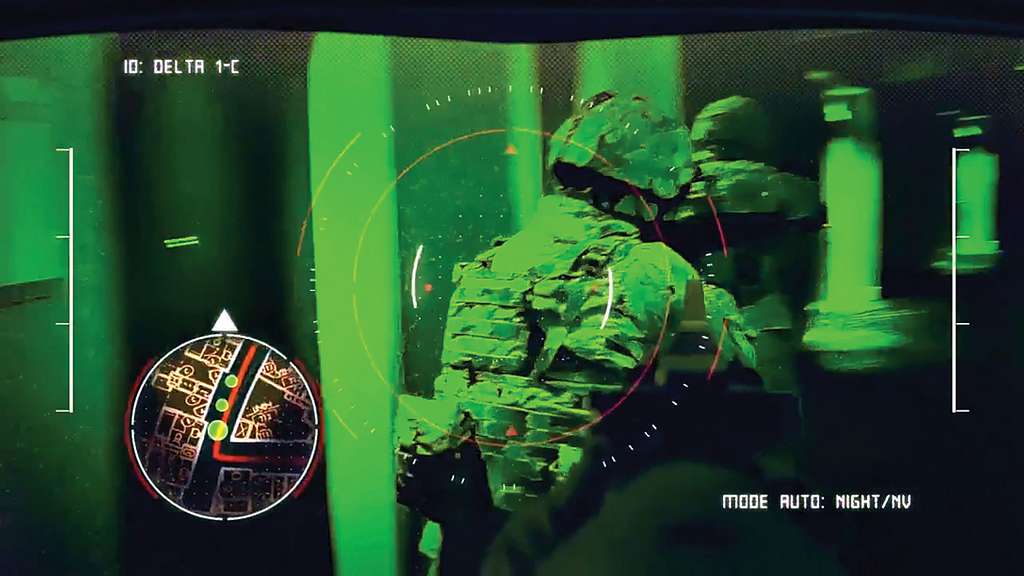In a rapidly advancing technological landscape, Brain-Machine Interfaces (BMIs) have emerged as a beacon of hope for people with disabilities. These groundbreaking systems bridge the gap between the human brain and machines, offering unprecedented opportunities for those facing physical or cognitive challenges. This blog post delves into the world of BMIs, their applications, and the promising future they hold for individuals with disabilities.

Understanding Brain-Machine Interfaces
Unveiling the Power of BMIs
Brain-Machine Interfaces, often referred to as Brain-Computer Interfaces (BCIs), are innovative systems that enable direct communication between the human brain and external devices. They interpret brain signals and translate them into actionable commands, allowing users to control machines, prosthetics, and even software through their thoughts.
The Brain-Machine Connection
BMIs involve the use of implanted electrodes, EEG (Electroencephalogram) caps, or other non-invasive methods to monitor and decode brain activity. This decoded information is then used to control devices, opening up a world of possibilities for individuals with disabilities.
Applications of BMIs for Disabilities
Restoring Mobility
BMIs have shown remarkable potential in helping individuals with mobility impairments regain control over their movements. Exoskeletons and prosthetic limbs can be controlled with incredible precision through BMIs, offering a new lease on life for those with paralysis or limb loss.
Augmenting Communication
For people with severe communication disorders, BMIs can serve as a lifeline. These interfaces can help individuals express their thoughts, needs, and desires, significantly enhancing their quality of life.

Assisting Daily Tasks
BMIs can be employed to enable users to control household appliances, wheelchairs, or computers, giving them more independence and reducing the need for constant assistance.
The Advantages of BMIs
Enhanced Quality of Life
The most apparent benefit of BMIs for disabilities is the enhanced quality of life they offer. Users can regain control and independence, reducing their reliance on caregivers and improving their overall well-being.
Continuous Advancements
The field of BMIs is continually evolving. With ongoing research and development, the technology is becoming more accessible, affordable, and user-friendly, making it accessible to a broader audience.
Challenges and Future Possibilities
Technological Hurdles
While BMIs have made significant strides, they are not without their challenges. Technical limitations, invasive procedures, and cost barriers are some of the hurdles that need to be overcome.
Future Innovations
Despite the obstacles, BMIs hold great promise. Researchers are actively working on making non-invasive BMIs more accurate and comfortable for users. As technology advances, the potential applications are virtually limitless.
Conclusion
Brain-machine interfaces have the potential to transform the lives of individuals with disabilities, offering newfound freedom and possibilities. While there are challenges to overcome, the continuous advancements in this field provide hope for a future where people with disabilities can fully participate in society and lead more fulfilling lives. As we progress, BMIs are poised to become a symbol of empowerment and inclusivity for those who need it most.

